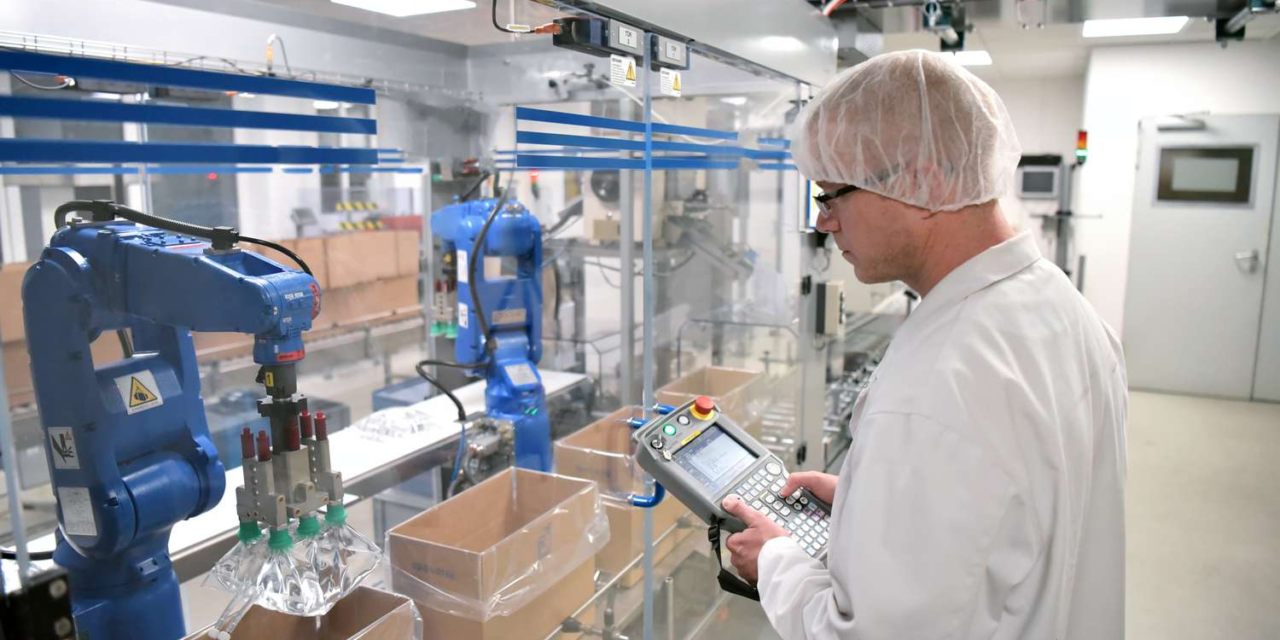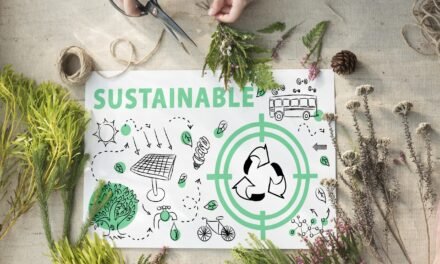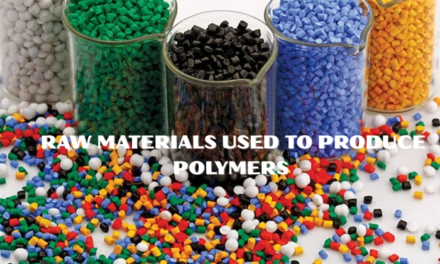The consumer chemicals market is experiencing significant growth, driven by evolving consumer preferences, technological advancements, and sustainability goals. These trends shape product innovation, influence purchasing behavior, and encourage companies to adopt environmentally friendly and efficient practices. Here are the key trends driving the growth of the consumer chemicals market:
1. Growing Demand for Sustainable and Eco-Friendly Products
- Shift to Green Chemistry:
- Consumers increasingly prefer products made with biodegradable, non-toxic, and renewable ingredients.
- Examples:
- Plant-based surfactants in cleaning products.
- Biodegradable packaging materials.
- Regulatory Push:
- Stricter environmental regulations encourage companies to reduce emissions and adopt sustainable practices.
- Examples:
- VOC limits in paints and coatings.
- Restrictions on microplastics in personal care products.
2. Rise of Personalization and Customization
- Tailored Formulations:
- Demand for personalized solutions in skincare, haircare, and household products is driving the development of custom formulations.
- Examples:
- AI-based platforms that create personalized skincare routines.
- Customizable cleaning kits with mix-and-match concentrates.
- Smart Packaging:
- Packaging innovations, such as QR codes, provide personalized usage instructions and ingredient details.
3. Increased Focus on Health and Wellness
- Natural and Organic Ingredients:
- Consumers are seeking products with clean-label ingredients and free from harmful chemicals.
- Examples:
- Paraben-free and sulfate-free personal care products.
- All-natural cleaning solutions with essential oils.
- Anti-Microbial Products:
- There is rising demand for antibacterial and antiviral cleaning products, especially post-COVID-19.
- Examples:
- Hand sanitizers and disinfectants with natural antimicrobial agents.
4. Technological Advancements
- Innovative and Functional Chemicals:
- Innovations in nanotechnology and encapsulation enhance product performance.
- Examples:
- Encapsulated fragrances for long-lasting scents in detergents.
- UV-blocking agents in personal care products.
- Automation in Manufacturing:
- Integration of AI and robotics in production for cost efficiency and quality control.
5. Urbanization and Lifestyle Changes
- Convenience-Oriented Products:
- Urban lifestyles are driving demand for easy-to-use and multipurpose products.
- Examples:
- All-in-one cleaning sprays and wipes.
- Dual-function personal care products like shampoo-conditioner combos.
- Premiumization:
- Increased disposable income is fueling demand for high-quality, luxurious consumer chemicals.
- Examples:
- High-end skincare and eco-friendly household brands.
6. Sustainability in Packaging
- Biodegradable and Recyclable Materials:
- Demand for sustainable packaging solutions that reduce environmental impact.
- Examples:
- Compostable pouches for detergents.
- Refillable containers for personal care products.
- Minimalist Designs:
- Reduction in material use while maintaining product integrity.
7. Digitalization and E-Commerce
- Direct-to-Consumer (D2C) Sales:
- Growth of e-commerce platforms allows companies to reach customers directly, bypassing traditional retail.
- Examples:
- Subscription services for cleaning and personal care products.
- Online customization tools for personal care products.
- Digital Marketing:
- Brands leverage social media and influencer marketing to target eco-conscious and health-oriented consumers.
8. Regional and Cultural Influences
- Emerging Markets:
- Rapid urbanization and rising middle-class populations in Asia-Pacific, Latin America, and Africa drive demand for consumer chemicals.
- Example:
- Increased use of personal care and hygiene products in India and China.
- Cultural Preferences:
- Regional preferences for natural ingredients, scents, and product functionalities influence formulations.
- Example:
- Ayurveda-inspired personal care products in India.
9. Regulatory Compliance and Safety
- Stricter Safety Standards:
- Governments and regulatory bodies enforce stringent safety and environmental standards.
- Examples:
- Bans on hazardous substances like triclosan in personal care products.
- Certification requirements for eco-labels (e.g., EU Ecolabel, EPA Safer Choice).
- Transparency:
- Consumers demand clear labeling and information about product ingredients and sourcing.
10. Focus on Wellness-Driven Home Care
- Aromatic and Therapeutic Benefits:
- Increasing integration of aromatherapy into home care products for stress relief and wellness.
- Examples:
- Cleaning products infused with lavender or eucalyptus oils.
- Hygiene and Disinfection:
- Continued emphasis on home cleanliness and sanitation.
- Examples:
- Multipurpose disinfectant sprays and antimicrobial floor cleaners.
11. Renewable and Bio-Based Feedstocks
- Plant-Derived Ingredients:
- Companies are turning to renewable feedstocks like sugarcane, algae, and vegetable oils.
- Examples:
- Bio-based ethanol in sanitizers.
- Vegetable oil-derived surfactants for detergents.
- Circular Economy:
- Waste valorization to create bio-based chemicals.
- Example:
- Upcycled citrus peels used in cleaning products.
12. Cost-Effective Innovations
- Concentrated Products:
- Shift toward concentrated formulas reduces packaging waste and shipping costs.
- Examples:
- Concentrated laundry detergents.
- Cleaning solutions in dissolvable tablet form.
- Do-It-Yourself (DIY) Kits:
- Consumers are opting for customizable and cost-effective DIY cleaning or personal care kits.
13. Climate Change and Resilience
- Extreme Weather-Resilient Products:
- Products designed to perform under extreme conditions caused by climate change.
- Examples:
- High-humidity-resistant cleaning agents.
- Skincare products for UV and pollution protection.
Conclusion
The consumer chemicals market is rapidly evolving, driven by sustainability, personalization, and health-conscious trends. Technological advancements and shifting consumer expectations are compelling manufacturers to innovate while complying with stringent environmental and safety standards. These trends will continue to shape the industry, with a strong emphasis on eco-friendly practices, digital transformation, and product performance enhancements.
Hashtags
#ConsumerChemicalsMarket #ChemicalIndustryTrends #MarketGrowthDrivers #GlobalChemicalTrends #FutureOfChemicals #Sustainability #EcoFriendlyFocus #GreenConsumerProducts #EcoFriendlyChemicals #ClimateSmartChemicals #CircularEconomy #InnovationandTechnology #ChemicalInnovation #SmartChemicals #AdvancedMaterials #TechInChemicals #InnovativeConsumerGoods #ConsumerPreferences #EcoConsciousConsumers #GreenConsumerTrends #CleanLabelChemicals #ConsumerDemandShift #SustainableLiving #ProductCategoriesDrivingGrowth #PersonalCareChemicals #CleaningProductTrends

















